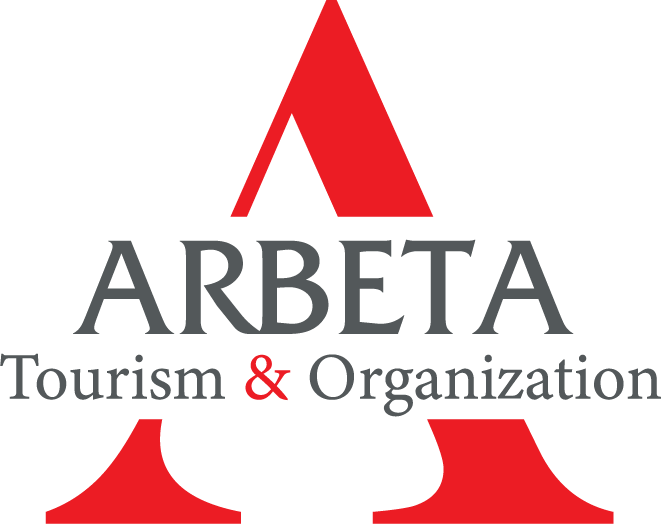1- Istanbul Archeology Museums
Istanbul Archeology Museums is a museum complex consisting of three main units. Archeology Museum, Ancient Orient Museum and Tiled Kiosk Museum. Turkey brought from the collection of the Istanbul Archaeological Museum is the first museum in the Ottoman lands, there are nearly a million belonging to various cultures work.
The traces of the interest in collecting historical artifacts in the Ottoman Empire goes back to the period of Sultan Mehmet the Conqueror, but the institutional emergence of museology coincides with the establishment of the Istanbul Archeology Museums in 1869 as the "Museum-i Hümayun", that is, the Imperial Museum. Museum-I Humayun, which consists of archaeological artifacts collected until that day in Hagia Eirene Church, forms the basis of Istanbul Archeology Museums. The "Tiled Pavilion", which was built during the reign of Sultan Mehmet the Conqueror, was turned into a museum due to the insufficiency of Hagia Irene. The Tiled Kiosk, which is still affiliated with the Istanbul Archeology Museums, was restored and opened to visitors in 1880.

2- Zeugma Mosaic Museum
In the museum, where local and foreign tourists show great interest, there are famous Gypsy girl, Mars statue, Roman period fountains and 2 thousand year old mosaics. The total area covered by the mosaics is 1700 square meters. In this respect, it is the second largest mosaic museum in the world.

3- Museum of Anatolian Civilizations
The Museum of Anatolian Civilizations is a history and archeology museum located in the Ulus district of Ankara's Altındağ district. The archaeological artifacts of Anatolia are exhibited chronologically in the museum. The museum is located on the southeast shore of the outer wall of the Ankara Castle, in two Ottoman structures that have been arranged with a new function.

4- Topkapı Palace Museum
Topkapı Palace is the palace in Sarayburnu, Istanbul, where the Ottoman sultans lived and was used as the administrative center of the state for 400 years of the 600-year history of the Ottoman Empire. Close to 4,000 people once lived in it. The opening of Topkapı Palace to visitors like a museum for the first time came across the reign of Abdülmecid. The belongings in the Topkapı Palace Treasury were shown to the British ambassador of that period. After that, it becomes a tradition to show the antiquities in the Topkapı Palace Treasury to foreigners, and during the reign of Abdulaziz, showcases with glass windows were made in the empire style, and the antiquities in the treasury began to be shown to foreigners in these showcases.

5- Baksı Museum
Baksı Museum is an art museum established in Bayraktar Village, 45 km from Bayburt. The word baksı, which is the old name of Bayraktar Village where it was founded, means scholar, physician and shaman in ancient Turks. The museum is home to contemporary art and traditional handicrafts. The museum, which has sections such as exhibition halls, warehouse museum, workshops, conference hall, library and guesthouse, is established on an area of 40 decares. Bayburt artist and academician Prof. Dr. It was built by Hüsamettin Koçan in 2012. The Baksı Museum received the "Council of Europe Museum Award of the Year 2014", given under the auspices of the European Parliamentary Assembly, on Tuesday, 8 April, at Palais Rohan, Strasbourg.

Telefon ile destek
Mail ile destek






